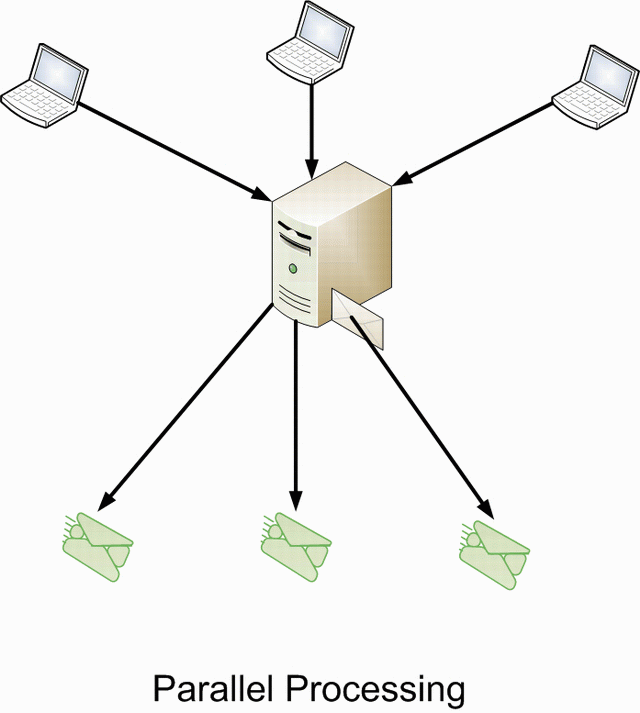Parallel Processing: Parallel Processing refers to the technique of using two or more microprocessors in tandem to process a common assignment for obtaining faster results. The computer resources can be a number of computers interconnected via a network or a single computer with multiple processors or both. Data is accessed by processors through shared memory. Projects such as weather modelling and digital special effects requiring complex computations take the help of Parallel Processing.
Polyketide Synthase: Polyketides are valuable therapeutic agents produced as secondary metabolites from bacteria, fungi, plants and few animals. They display a diverse range of biological activities and are pharmacologically very important. Polyketides gets synthesised by sequential reactions, with a family of enzyme called PKSs (Polyketide Synthases) acting as a catalyst.
Pyrolysis: Pyrolysis refers to a process of incineration or heating to decompose organic materials without oxygen. As a result, the hazardous organic materials get transformed to small traces of liquids, gases and solid residues. A Pyrolysis process typically targets contaminant groups such as SVOCs and pesticides.
Proteomic: In Bioinformatics, Proteomic refers to identification of proteins in the body. Proteomic makes it possible to link the genome sequence and the cellular behaviour.
Photoluminescence: The term Photoluminescence describes a highly sensitive spectroscopic method for process control and development of semiconductors. In this method light is first absorbed generating an excited state. Subsequently, upon relaxation light of lower energy is re-emitted to a ground state.
Perovskite: Perovskite is a relatively minor mineral but is much sought after for its rare earth metal content. It has a formula CaTiO3. Perovskite gets its name from Russian mineralogist, Count Lev Aleksevich von Perovski.
Plasma Display Panels: Plasma Display Panels or PDPs are now very popular in consumer electronics products with their use in flat-panel TVs and computer monitors. Plasma monitors make use of fixed matrix technologies. PDPs display excellent picture quality, wider viewing angle along with a host of other features at the same time being eco-friendly.
Perceptual Psychology: Perceptual psychology is a subset of cognitive psychology that is concerned on processing of sensory information.
Perceptual Robotics: Perceptual Robotics is a science that links neuroscience with robotics.




